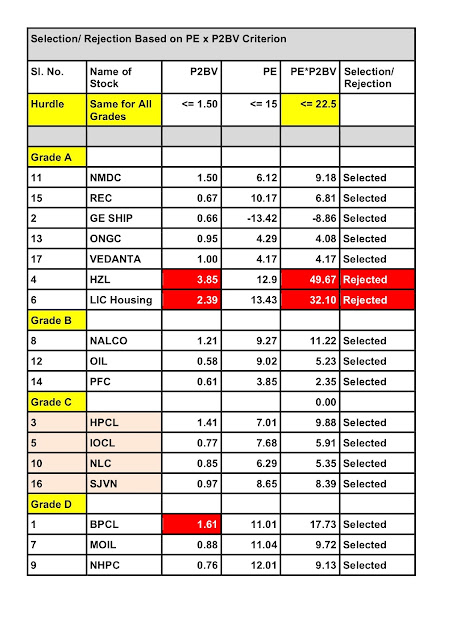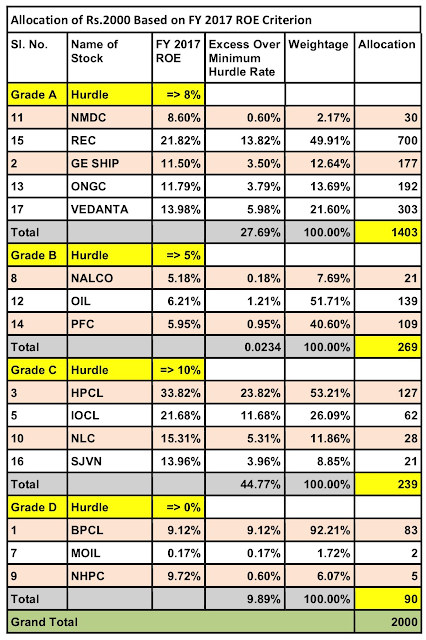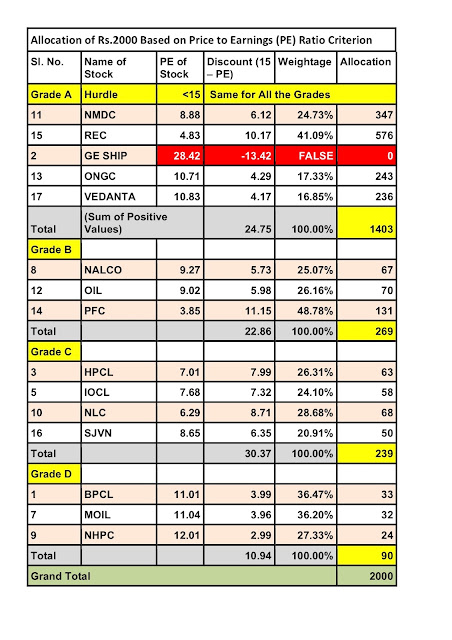The board of directors have the actual power to declare dividends. The board also decides the proportion of profits to be distributed by way dividends. This is the dividend payout ratio. I am a value investor. To me, the dividend is very important. I consider dividend as investor's wage. Therefore I would like to know what the dividend policy of the company is.
Dividend Policy - Definition
It means the longterm belief or commitment or view guidelines of the company's management towards distributing the profits of the company to its shareholders by way of dividends. The policy will state under what circumstances can the shareholders expect or not expect dividends. It will also state the financial standards the management will use to decide the dividend.
I discuss the topic only in the context of dividends belonging to equity shareholders, even though the word dividend includes dividends attached to preference shares also,
As I mentioned earlier the power to declare the dividend rests in the hands of the board of directors of a company. Until recently companies were neither required to declare their dividend policy nor they did voluntarily. Boards followed their own rules. Some managements showed a longterm trend of paying handsome dividends. Some boards never paid a penny. Ans some other were stingy in paying dividends.
Things started changing for the good from the year 2016. Finally, the Securities and Exchange Board of India (SEBI) issued guidelines. The government of India also issued an internal circular to companies in which it had major holdings regarding dividend distribution.
SEBI Guideline
SEBI Issued guidelines in July 2016. According to this the top 500 listed companies by their market capitalisation shall:
- Formulate a dividend policy and
- Publish it in the companies' annual reports and display it on the corporate websites
- The policy shall state the circumstance under which an investor may expect or not expect dividends as well as financial parameters used in deciding the declaration of dividends.
The market capitalisation as on 31st March of every calendar year will decide the top 500 companies.
It also encourages other listed companies not falling in the top 500 bracket to follow the guidance voluntarily.
You can download the full notification by clicking here.
Government Circular to Public Sector Companies
The ministry of finance, the government of India issued an office memorandum. It applies to all central public sector companies (companies in which the government has majority shareholding). The memorandum relates dividend policy.
Accordingly, this circular requires:
- The boards shall continue to have autonomy relating to operational matters, as usual
- The government views the declaration of dividends is rather a policy matter
- Therefore, as a major shareholder, the government has a clear say in deciding the dividend to be declared
Building further on the ownership logic the circular requires that:
- A public company shall pay either 30% of the profits or 30% of the equity investment whichever is higher as dividend
- The company shall pay special dividend where there is surplus cash
- Similarly, the company shall consider issuing bonus shares where there are excess cash reserves
- Company shall not fund expansion plans solely through profits but the companies shall resort to borrowing
I disagree with the caveat regarding resorting to borrowings to fund expansion plans and continue to maintain a high dividend payout ratio though.
You can download the government's official circular by clicking here.
Dividend Policy Examples
Oil and Natural Gas Corporation (ONGC)'s Dividend Policy
ONGC is one of my favourite stocks. It is a member of our Portfolio 2K15 which I use as an example for teaching investing. I reproduce ONGC's dividend policy inside double quotes.
"Dividends are declared at the Annual General Meeting of the shareholders based on the recommendation by the Board. The Board may recommend dividends, at its discretion, to be paid to our members. The Board may also declare interim dividends. Generally, the factors that may be considered by the Board before making any recommendations for the dividend include, but are not limited to, future capital expenditure plans, profits earned during the financial year, cost of raising funds from alternate sources, cash flow position and applicable taxes including tax on dividend, subject to the Government guidelines described below:
As per the guideline dated February 11, 1998 from the Government of India, all profit-making PSUs which are essentially commercial enterprises should declare the higher of a minimum dividend of 20 percent on equity or a minimum dividend payout of 20 percent of post-tax profit. The minimum dividend pay-out in respect of enterprises in the oil, petroleum, chemical and other infrastructure sectors such as us should be 30 percent of post-tax profits."
Unfortunately, ONGC's website is referring to an old guideline of February 1998 instead of the latest one of January 2016.
Please see ONGC's actual dividend policy here.
Conclusion
What is dividend policy? The answer is it is the longterm view of a company management about rewarding shareholders with dividends from profits. It is important for investing. The investor should know the company's dividend policy before investing.














